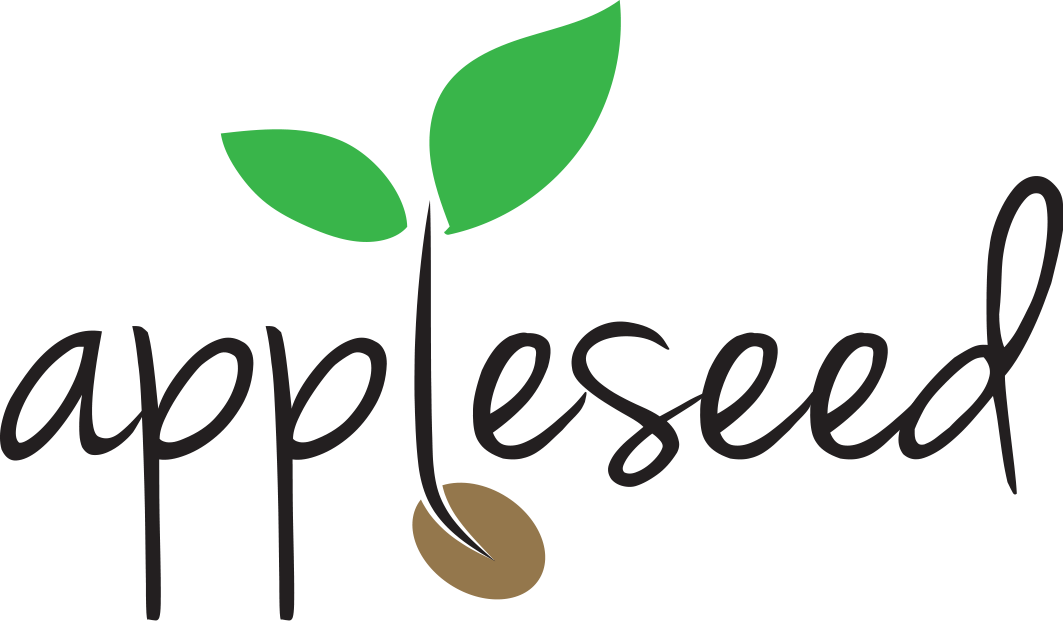Making Vision a Reality
This summer, I was in a village of Bangladesh when a man walked up to me. He looked skeptical. “What is this vision camp thing?” he asked abruptly. “They don’t even have doctors or machines in there for checking eyes! I’m not going in.”
Uncorrected vision impairment received a lot of media attention recently, highlighting how a simple pair of reading glasses can dramatically boost incomes in poor countries (The New York Times, NPR). MacKenzie Scott donated $15 million to VisionSpring, a non-profit using “vision camps” to make reading glasses accessible worldwide (The Guardian). These camps bring community health workers to villages to test vision and sell affordable glasses.
But despite the funding and attention, VisionSpring’s program in Bangladesh wasn’t reaching enough people. Over 18 years, they’d helped 2 million—but nearly 50 million still needed glasses. In villages with hundreds of families, only about 15 people per year were getting glasses. VisionSpring wanted to understand the barriers holding people back and figure out how to overcome them.
That’s where Appleseed came in. We were in Bangladesh to uncover why so many people weren’t accessing this life-changing solution and to help reimagine their approach.
I was standing with Khanindra, VisionSpring’s passionate program leader, when the skeptical man approached me. We began to uncover his story.
He was once a manager at a local textile factory, but he lost his job two years ago after his vision blurred. Reading and writing became painful, and constant headaches made it impossible to continue. He couldn’t afford a doctor’s help and had been out of work ever since, relying on his wife and sister for support. They lived together just down the road. Now, he stood just steps from a vision camp that could solve his problem—but he wasn’t going in.
I asked, “Do you know distance-vision and near-vision require different treatments?”
“No,” he replied. “There’s a difference? I only have a problem with my near vision.”
I explained, “Blurry distance vision does need a doctor’s visit, machines to check vision, and pricey prescription glasses. But blurry near vision is simpler and cheaper: no doctors, a quick eye test, and reading glasses for just 150 taka (about $1.25). That’s what this vision camp offers.”
He hesitated. “Interesting. But it seems this camp is only for women,” he said, glancing at the crowd.
“You see mostly women because they are more free during the day. Men are invited too,” I reassured him.
“I don’t have money,” he added.
“You live nearby. We could loan you the money, and you can pay us back,” Khanindra offered.
But he still held back. What he didn’t say outright became clear: “I don’t like to seek help,” “This is happening too fast,” and maybe, “This seems too good to be true.”
We had learned what we needed from him, and we knew a vision camp wouldn’t return to his village for another year. So we gently took him by the arm and asked him to trust us. Inside, the health worker tested his eyes, fitted him with reading glasses, and handed him a magazine to read small print. Did they work? He nodded. Would he like to buy them? Another nod.
Moments later, he shook his head in disbelief, saying he not only liked the glasses but how he looked in them.
Then, he declared excitedly, “You must come to my house now, for tea.”
At his home, his wife and sister welcomed us, made tea, and listened as he recounted the morning. They were in tears as they described how losing his vision had taken not just his work but his joy. He’d given up reading, writing poetry, and creating art—things he once loved. They called the glasses and our presence a miracle, blessing us as we left.
This man’s story was just one example of the barriers to reaching people. Together with VisionSpring, Appleseed designed a new strategy to overcome these challenges. Camps now run for multiple days, giving people more time to attend and allowing for word-of-mouth referrals. Some camps will soon be held at tea stalls, where men gather, to ensure everyone feels included. Health workers are now being trained to clarify the near vision problem and how glasses work. Better signage and messaging help people understand the value of attending a camp, and remind them to carry money with them.
A pilot of these changes, and more, is already underway. We expect dramatic increases in glasses uptake across forty-thousand of villages of Bangladesh in the coming years.
This transformation wouldn’t be possible without your support. Appleseed is helping organizations like VisionSpring make life-changing solutions work for millions of people. Together, we’re creating a world where simple, human-centered innovations unlock potential for entire communities. Thank you for your part in all of this.
- Philip
Coming Up…
Our work in Bangladesh is just one of three recent Appleseed projects addressing vision impairment; we’ve also been active in Kenya and Ghana. Beyond vision, we’re currently tackling early childhood development in Nigeria and Kenya, advancing community healthcare adoption in Madagascar, and helping a client scale their impact with farmers in India.
All our clients are award-winning organizations, many supported by philanthropists like MacKenzie Scott, Melinda French Gates, and other leading foundations.
When we started Appleseed, we believed that helping top organizations like VisionSpring on high-profile projects would inspire others in the sector. We hoped these non-profits and their funders would share our successes, encouraging others to embrace a customer-focused approach. Today, that’s exactly what’s we’re seeing.


